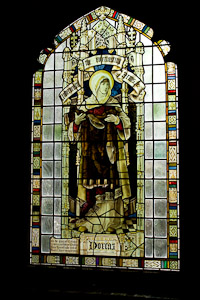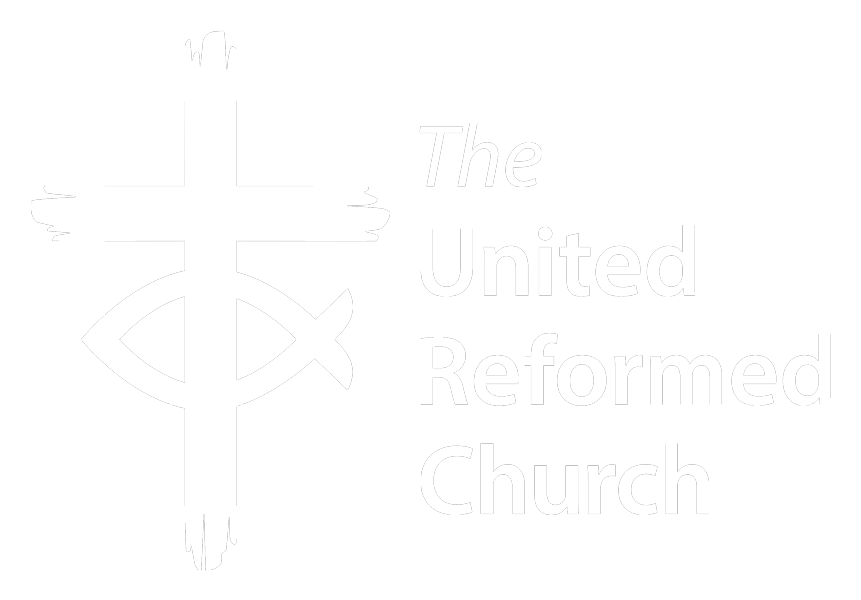 For most of the 300 years plus history of St. James’s was a Presbyterian Meeting house/ Church associated with the English Presbyterian tradition. The other two Alnwick Presbyterian churches Lisburn Street (founded in 1837) and Clayport (Founded in 1753) were offshoots of Scottish Synods. Lisburn street merged with St. James’s in 1888 and Clayport in 1955. In 1972 came the formation of the United Reformed Church when Churches of the Presbyterian and the Congregational Church of England and Wales tradition joined together.
For most of the 300 years plus history of St. James’s was a Presbyterian Meeting house/ Church associated with the English Presbyterian tradition. The other two Alnwick Presbyterian churches Lisburn Street (founded in 1837) and Clayport (Founded in 1753) were offshoots of Scottish Synods. Lisburn street merged with St. James’s in 1888 and Clayport in 1955. In 1972 came the formation of the United Reformed Church when Churches of the Presbyterian and the Congregational Church of England and Wales tradition joined together.
Salient Dates
| 1662 | Act of Uniformity – Parish Church incumbent thrown out and meet secretly with others of the Presbyterian persuasion. |
| 1669 | Freedom of Conscience Act– There is an old pewter alms dish inscribed -“Remember the poor Heb xiii. 16; Luke xii.33.” dated 1689. This is believed to be the foundation date of St James’s |
| 1694 | There is no record of a minister being appointed before this date. The first Minister was Revd Jonathan Harle and for some time the meeting place on Pottergate was called Dr Harle’s meeting House. |
| 1769 | Proper deeds were executed stipulating that the premises were to be used for the worship of God by a congregation of Protestant Dissenters and the minister must be Presbyterian in Judgment and practice. |
| 1838 | Enlargement and alterations to the Meeting House were undertaken and it took 20 years to clear the debt. A picture dated 1840 shows the pulpit on the south wall and balcony on either side. A commemoration stone with the inscription “St. James’s Church 1838” is the earliest reference the St. James’s title. This stone can now be seen on the staircase of the present building |
| 1848 | Earliest written evidence of the change of name. |
| 1889 | Bi-centenary of the Church celebrated. How this date was determined is not clear since St James’s Alms dish pre-dates 1669 by 20 years. |
| 1890 | Membership now exceeded 500 provoking the need for a larger church building. |
| 1894 | Work started on the demolition of the old and rebuilding of the present day Church. The work took 15 months. |
| 1904 | The manse in Pottergate was converted into a Sunday School to teach the 238 Children. The Architect was George Reavell. |
| 1955 | The union between Clayport Presbyterian Church and St James’s took place and 50 members settled into the St. James’s Fellowship. |
| 1989 | Tercentenary of the Church celebrated with various special events including the writing of “ A history of St. James’s URC Alnwick” by Jane Straker MBE |
| 2001 | Joan Grindrod-Helmn becomes the minister in November |
| 2003 | A review of Church Life and future needs was initiated that lead to the decision to redevelop the church and sell the Sunday School / Hall |
| 2007 | Redevelopment commenced and was completed the following year. |
| 2008 | The church moves back into its “new” church centre. |
| 2010 | St James’s and Warkworth URC become a joint pastorate |
| 2011 | Ongoing improvements and updating building and resources including external stonework pointing, new heating system, installation of WIFI |
| 2020 |
Church building closes temporarily due to COVID_19 Pandemic. Services and meetings held online. New website in place. Facebook pages updated regularly and used to stream a weekly Sunday Evening Reflection with a wide following. Building re-opens but with restrictions – safety of others became a priority i.e. cleaning regimes, wearing of masks and no singing |
| 2021 |
Singing returns in a service. New boiler and sound system installed. Laptop and tablet purchased for use in services. Song-pro slides with images, reflections and hymns projected onto two screens in the Sanctuary. |
| 2024 |
Our Minister, Joan Grindrod-Helmn retires after 22 years of dedicated service at St James’s and in the community of Alnwick. The church is in currently in vacancy. |
A few interesting facts
By the 1880-90’s the existing Church that had been extended and altered over the centuries was too small. A decision was taken to rebuild. In Pevsner’s Architectural Guides: The Buildings of England: Northumberland it states the new Church, on the existing site, was designed in 1883-4 by Hicks & Charlewood but dated 1894. The foundation stone was laid on the 17th Nov 1894 and the church was opened 1st Dec 1895. Pevsner’s describes the Church building as “Free perpendicular style, not one of their best.”
Following the refurbishment of the old Church in 1838 it took 20 years to repay the debt. The cost for the 1894 Church was £4,000 and this debt was paid off in just 3 Years!
The 1914- 1918 Great War roll of honour records that 49 men served in the armed forces and 4 women who went away to do war work. Of those, 11 died in the service of their country.
The mid 18th Century Church minutes reveal the intense gravity when conducted church affairs. Apart from the conducting of worship their main concern was the maintenance of moral standards, the records reveals the appearance of some miscreant at the Session court. Cases of illegitimate children, so very common in the 19th century, are frequent and although the unfortunate girls would be left in no doubt as to the gravity of their sin, yet the wording of the records indicates that they were treated with kindness and compassion.
Surprisingly there are cases of misdemeanor among the male members of the congregation including deacons. For example, in 1862 a Mr. Hartridge was summoned to appear to explain reports “seriously affecting his moral character”. He had been convicted at the local court in company with a married woman, on a charge of assault on another woman, but he declined to attend, and was deposed from office and church membership. Thos. Dryden, who had been convicted of theft, declared there had been a miscarriage of justice and brought witnesses before the Session to prove it. Why his innocence could not have been established in a court of law, is not explained, but so well was his case presented, that he was restored to office. Wm. Dryden was indicted for “drunkenness on the Sabbath”.
For further information about St James’s history, please contact the church Secretary via the Contact page


